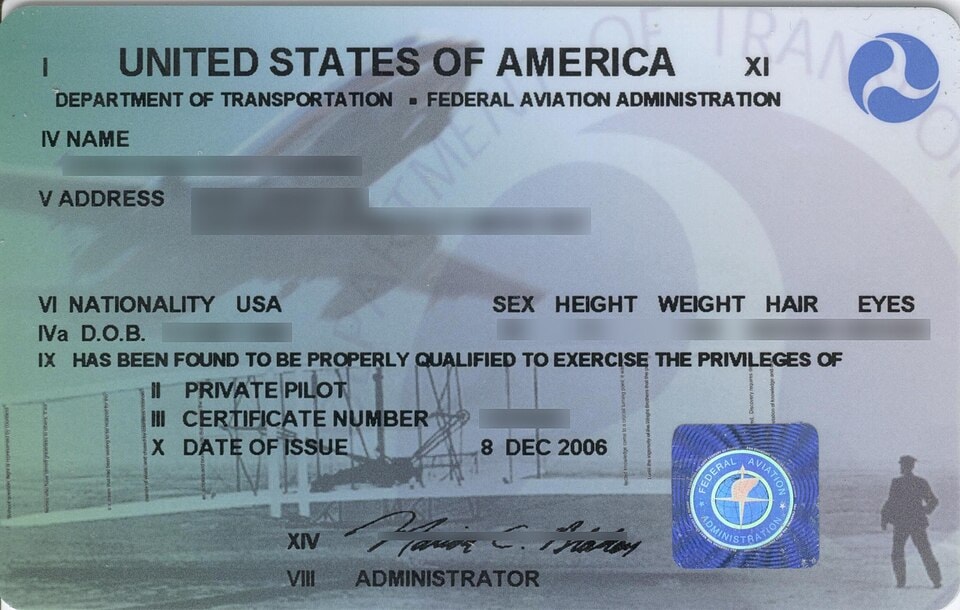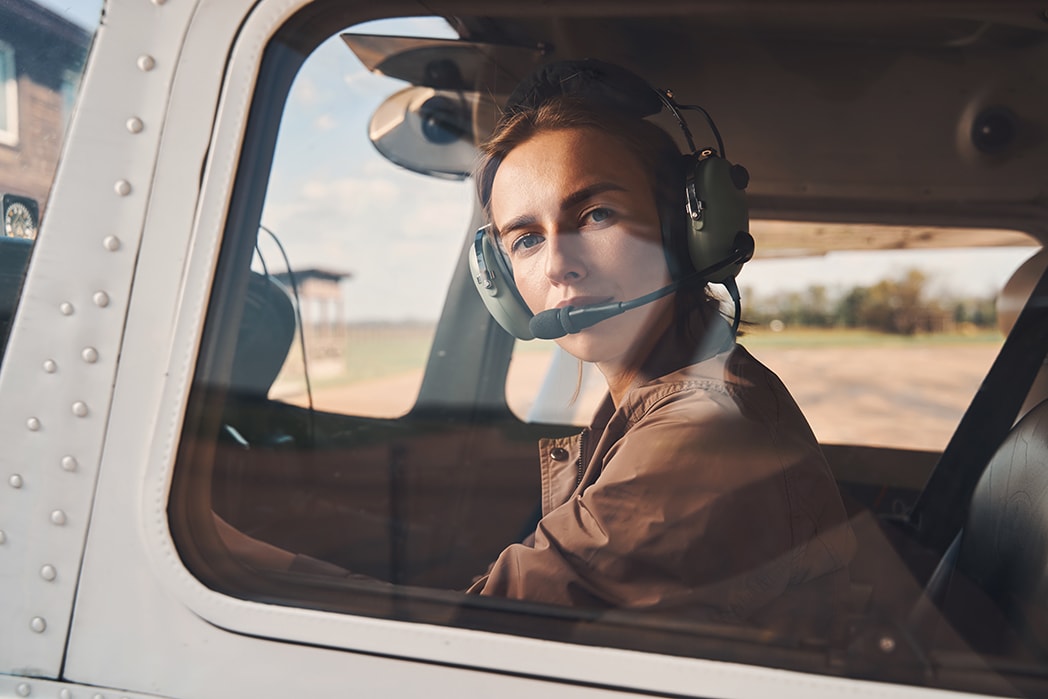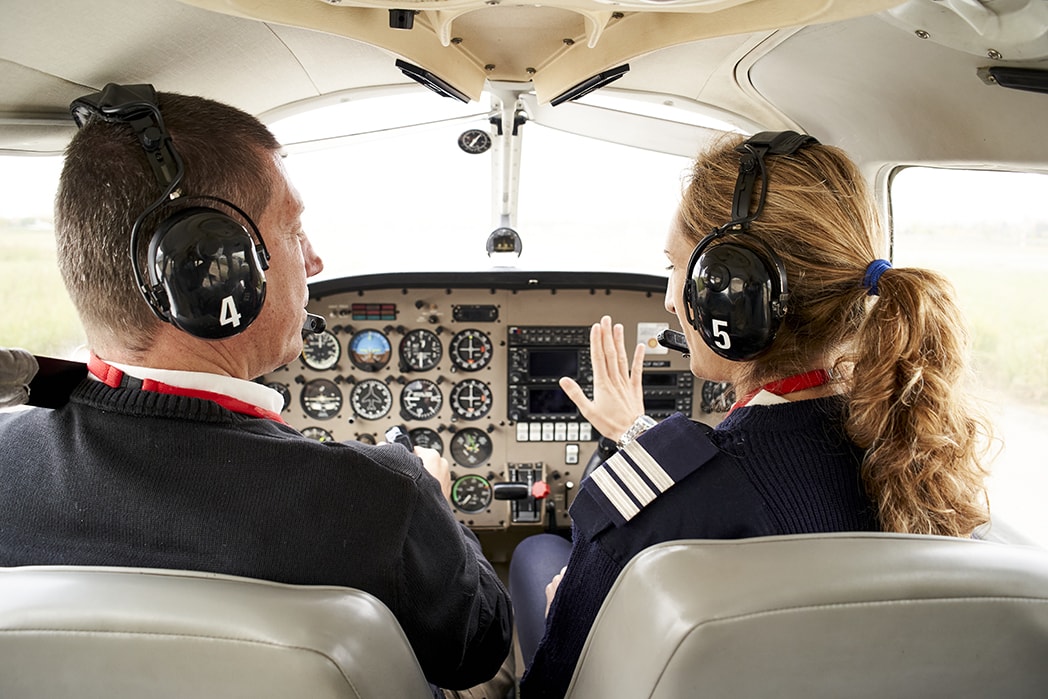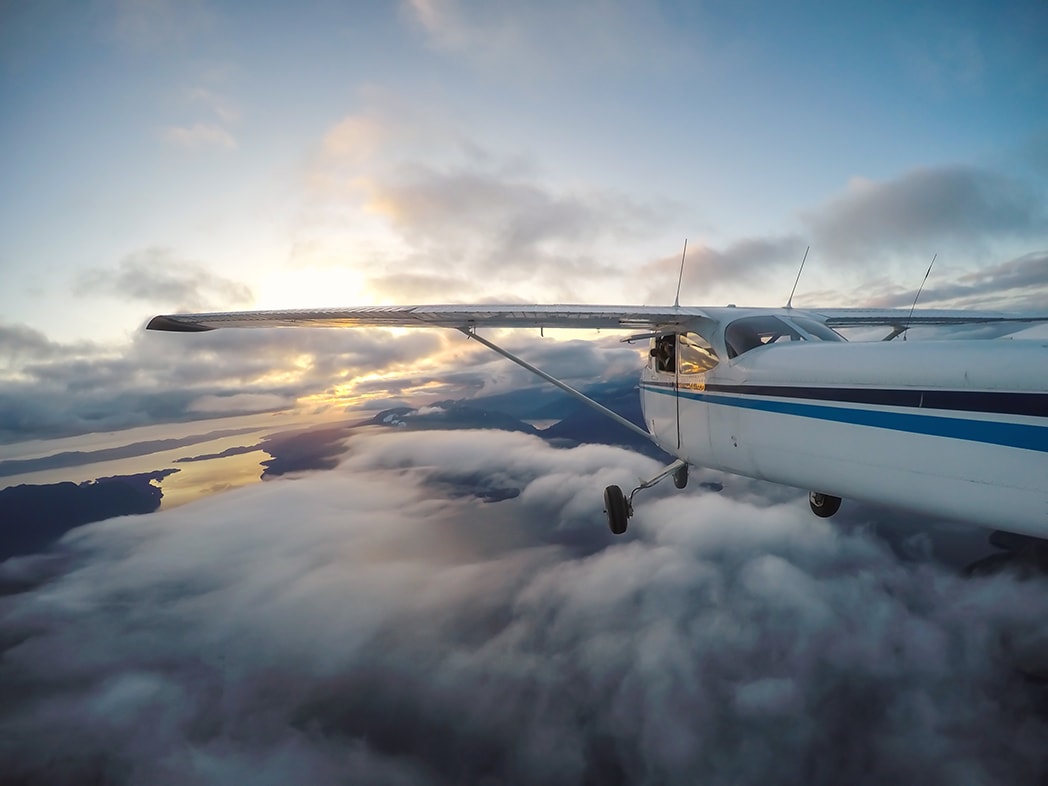Where to Get a Pilot License: Top Schools & Training
Jun 11, 2025
Want to know where to get a pilot license? It all starts with choosing the right flight school. This guide covers top schools and training options to help you get in the air. Whether you’re after a private pilot license or flying higher, you’ll find the info you need to make a decision.
Key Takeaways
-
Choosing the right flight school is key; consider training structure, safety record and instructor experience.
-
Becoming a pilot involves getting various licenses, Private Pilot License first, then Commercial and Airline Transport License.
-
Financial planning is important; training costs vary greatly depending on location, aircraft and school, with a Private Pilot License costing between $16,000 and $21,000.
Choosing the Right Flight School
Choosing the right flight school is key to your success as a pilot. This decision affects your training, your overall experience and your future aviation career.
Find a flight school that matches your aviation goals, whether recreational flying or professional training to fly aircraft. Many of these programs begin with flight lessons that lay the foundation for more advanced certifications.
Flight schools operate under different regulations, mainly Part 61 and Part 141. Part 141 schools offer a more structured training environment, good for those who like a system. Part 61 schools offer more flexibility, where you can progress at your own pace. Choosing between these can make a big difference to your overall cost and training time.
Visiting potential schools can give you valuable insights. When assessing them, consider:
-
Their facilities
-
Their safety record
-
Instructors experience
-
Types and condition of aircraft available for training
-
Reviews and alumni success stories to gauge the effectiveness and reputation of the flight schools you are looking at.
Types of Pilot Licenses

Knowing the different types of pilot licenses will shape your training and career. It all starts with getting a private pilot certificate which is required for anyone who wants to have a professional aviation career.
A private pilot license (PPL) allows you to fly bigger and faster planes, longer flights, night flying and international routes but you can’t get paid as a pilot. The next step is the commercial pilot license (CPL) which requires 250 hours and passing both a written exam and a practical test. This license allows you to get paid for flying services and opens up new income streams for private pilots.
For airline pilots, the Airline Transport Pilot (ATP) certificate is the ultimate goal which requires at least 1,500 hours and specific flight experience during night and cross-country operations. Knowing these licenses will help you plan your aviation journey.
Private Pilot License Requirements

To get a private pilot license you must:
-
Be at least 17 years old.
-
Be able to read, speak and understand English.
-
Get an aviation medical certificate, although this gets harder with age.
You must complete at least 40 hours of flight training which includes specific hours such as solo, cross country and night flying. The journey starts with getting a Student Pilot Certificate also commonly referred to as a student pilot permit which allows you to fly solo under supervision.
Meeting these flight training requirements will get you well prepared for the practical flying and be able to handle different flying conditions safely.
Ground Training Programs
Ground school is part of the aviation education process and provides the theoretical knowledge to become a competent pilot. It covers:
-
Aviation basics
-
Federal Aviation Administration (FARs)
-
Radio communication
-
Aerodynamics These are tested on the FAA written exam and are how air interacts with the aircraft.
Ground school can be done separately or in conjunction with flight training. Many pilots take online ground school and practice with sample tests to prepare for the FAA written exam which is required to move towards a private pilot license. Some also train in simulators during private pilot training.
Flight Training & Solo Flights

Flight training consists of hands-on flying lessons, typically conducted with individualized instruction from a primary flight instructor. During these sessions, you’ll learn flying techniques, navigation, and emergency procedures. Before soloing, you must hold a student pilot certificate and complete pre-solo training, which is part of pilot training for private pilot flight training.
The first step solo flight is a significant milestone, marking the point where you start flying full control of the aircraft without an instructor. After soloing, you will learn navigation and conduct cross-country flights, building confidence and skills for the final certification stages.
The Role of Certified Flight Instructors
Certified Flight Instructors (CFIs) are key to your journey to becoming a pilot. They make sure you have the necessary flight skills and knowledge. Their mentorship helps build confidence and discipline in aviation.
CFIs instill a culture of safety through pre-flight checks and in-flight assessments. Their experience and teaching style make a big difference in the quality of training. Good CFIs break down complex aviation concepts into simple and easy to understand and apply.
Passing the Tests
To get a private pilot license you must pass both the FAA written knowledge test and the practical test, also known as the checkride. The knowledge test is 60 multiple choice questions with a 70% minimum passing score. You must complete the knowledge test within 24 months of the practical test.
To prepare for the knowledge test you study the materials your flight instructor gives you and practice with sample tests. If you fail you can retake the test after addressing the deficiencies in the report.
The practical test is an oral and a flight test. Before you take it you need an endorsement from your instructor saying you are ready. After you pass you get a temporary pilot certificate and you are officially a private pilot.
Specialized Training Programs
Specialized training programs like the Zero Time to Airline training program are designed to get you flying as a professional pilot fast. Accelerated private pilot programs can be completed in as little as 3 weeks, by minimizing the time between lessons. These programs offer customized schedules so you have more flexibility.
However they often require full payment upfront for the entire course which can be a big financial hit. But they are a great way to get started in aviation.
Cost Considerations
Knowing the total cost of flight training is key to making informed decisions. The total cost for a private pilot license in Kansas City is $16,000 to $21,000. Training programs using the King Schools syllabus in Kansas City is $18,198 which includes all fees and flight instruction.
Costs are affected by fuel prices and instructor fees. Aircraft rental rates vary between flight schools, newer aircraft models cost more. Budget carefully to manage these costs.
Advanced Ratings and Endorsements
After getting your private pilot license, additional ratings can open up more career opportunities. The next step is often an instrument rating, which allows you to fly under instrument flight rules and in different weather conditions.
Pilots can also get various endorsements:
-
Multi-engine rating (10-15 hours of training and a practical test)
-
High-performance endorsement
-
High-altitude endorsement
-
Tailwheel endorsement
Each endorsement adds to your skill set.
Career Pathways in Aviation

Aviation has many career paths. Getting a Commercial Pilot License (CPL) allows you to get paid for flying and opens up many aviation careers. The Airline Transport Pilot (ATP) rating is required to fly and command commercial aircraft.
Becoming a Certified Flight Instructor (CFI) is another option, you can teach others and get valuable flight time. Many pilots accumulate flight hours through fractional jet ownership, charter services or instructing.
Pilots often start in general aviation and then transition to military, corporate aviation or major airlines as an airline pilot. The aviation industry is expecting a big demand for next gen pilots, so now is a great time to get into this field.
Choosing the Best Flight School for You
Asking lots of questions and talking to most students is key to choosing the best flight school. ATP offers professional flight training, great instructors, new aircraft and a safe environment.
California Aeronautical University has aviation programs for professional pilots, with locations in Southern California and Arizona.
Summary
Getting your private pilot license is hard and rewarding. From choosing the right flight school to understanding the different types of pilot licenses, meeting the requirements and exploring career paths, every step matters all leading to the moment you get your pilot license and take control of your aviation journey.
Remember the sky is not the limit; it’s just the beginning. With dedication and the right training, you can become a pilot and fly high.
